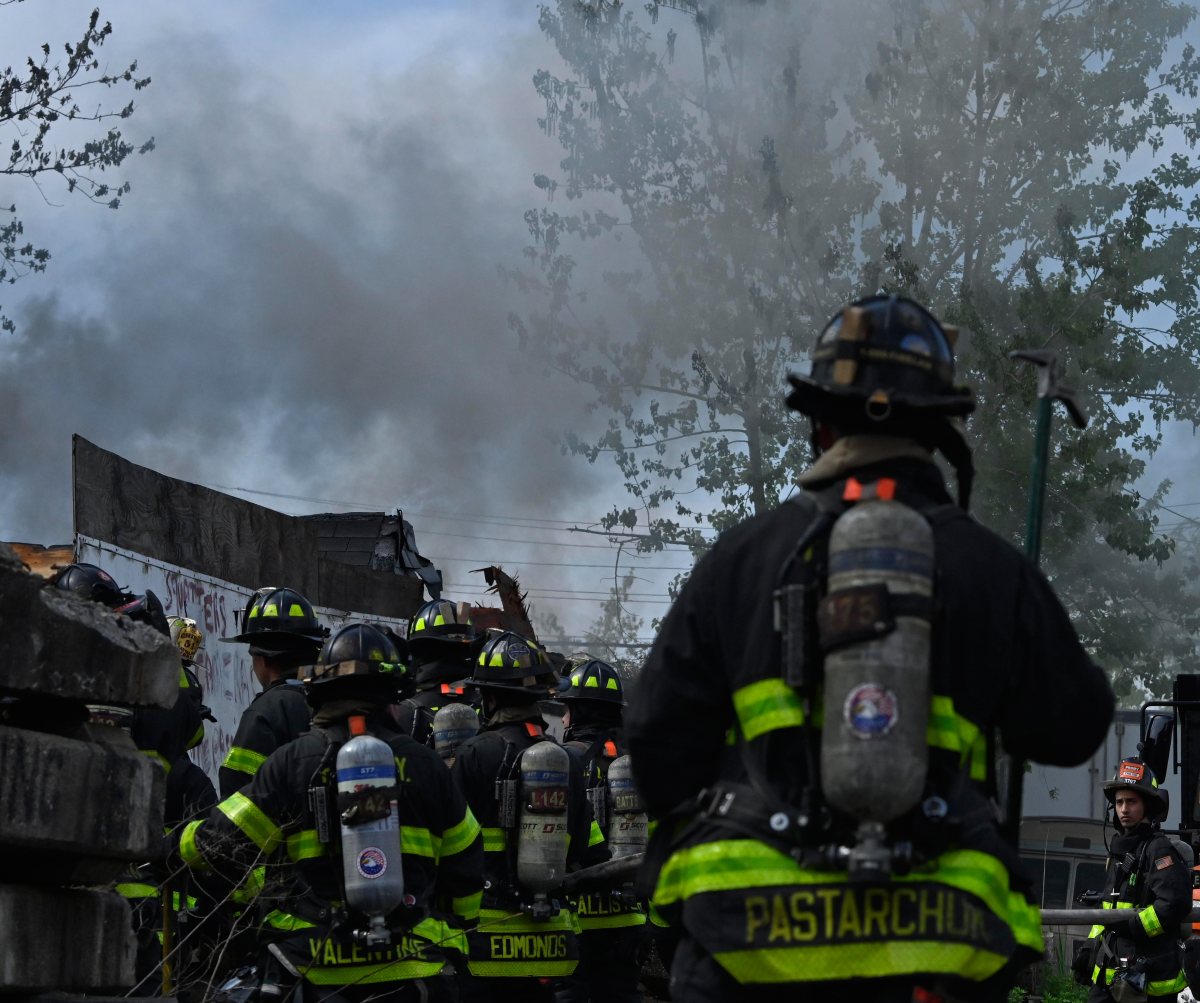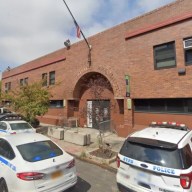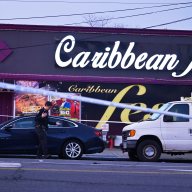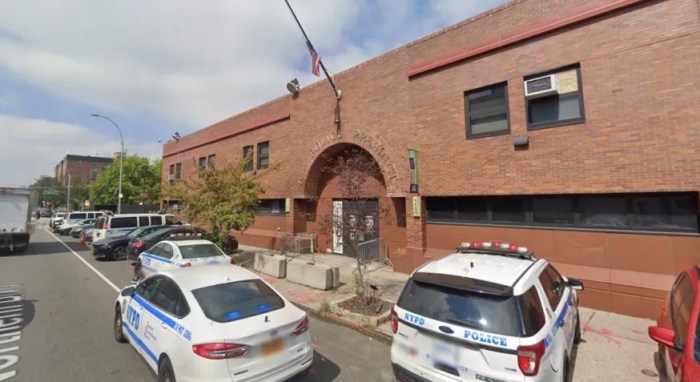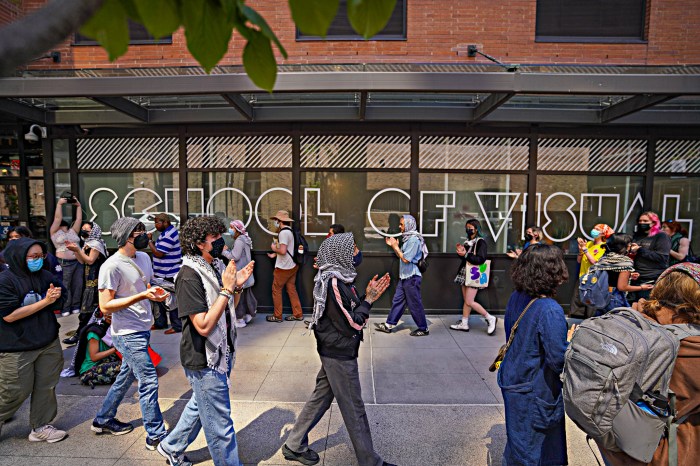An epidemic of brain attacks (strokes) is racing through the vast elderly population of Queens leaving the borough with 2,345 strokes annually and 471 fatalities.
The latest Queens mortality and morbidity figures were released last week at Stroke Symposium 2000 co-sponsored by New York Hospital Medical Center of Queens and The American Heart Association (AHA).
The alarming report was cited by Dr. Ralph Sacco, director of the Stroke Center at New York Presbyterian Medical Center and an official of the AHA. He said the disease is growing in intensity in the borough and is creating "a public health burden."
Saccos comments drew a sharp reaction from Assemblywoman Nettie Mayersohn of Flushing, a member of the Assemblys health committee.
She urged the conference of neurologists to establish a stroke center in Queens and provide the community with the necessary medical resources to successfully treat the large number of stroke cases in the borough.
"My constituents need a list of Queens hospitals that are equipped to treat this disease," she said. "Community residents need to know where to take family members with stroke if the disease should strike in the middle of the night. Are there doctors and diagnostic equipment in place around the clock to lower the disease and death rates caused by stroke?"
Dr. Emilio Oribe, director of neurology at NYHQ, admitted he didnt know which local hospitals are equipped to treat stroke patients for specialized care if the disease strikes in the middle of the night.
Mayersohn also called for the installation of cell phones in all ambulances so that hospitals can receive advance notification of arriving stroke cases.
"I got involved last year when The Queens Courier published a series of articles about the lack of cell phones in ambulances and the low priority EMS (Emergency Medical Services) gives to stroke cases," said Mayersohn.
The Queens Courier articles won an award last year for investigative reporting from the New York Press Association. The Queens Courier series resulted in a Queens pilot program that authorized ambulance drivers to radio in vital signs to the EMS dispatcher who will notify the receiving hospital that a stroke patient is on the way.
Mayersohns comments were backed up by Dr. Thomas Kwiatkowski, director of the Emergency Department at Long Island Jewish Hospital (LIJH).
"Time is not on our side," he said. "We need hospitals to make a commitment to regional stroke centers that have a director, a written protocol, an available medical team, CT equipment (for diagnosis of stroke), neurological services, an outcome program and regular monitoring of this organization."
Kwiatkowski said that stroke needs to be made a high priority in the area. He said LIJH has a "hybrid stroke center."
Dr. Neal J. Richmond, Medical Director of 911 On-Line Medical Control at the New York Fire Department, admitted that cell phones on his ambulances might be a good idea.
"That involves politics and budgeting and thats not under my control," said Richmond.
Richmond added that ambulances are instructed to take stroke patients to the nearest hospital but said there is a "10 minute rule" that permits family members to request ambulance drivers to take the patient to a hospital of their choice if it is within 10 minutes of their location.
He ruled out ambulance trips from Queens to the major Manhattan medical centers such as Columbia Presbyterian where expertise in stroke treatment is available.
Dr. Toby Gropen of Long Island College Hospital and Beth Israel Medical Center, who authored an article on the new anti-stroke drug TPA in the Journal, Neurology, noted that only two percent of the potentially eligible stroke patients are receiving the new therapeutic breakthrough drug.
"Many hospitals are not able to provide the emergency services required to treat stroke patients urgently," he said. "There may not be a neurologist who is able or willing to respond rapidly enough to start treatment within three hours after the start of symptoms and the emergency room personnel often feel inadequately trained or reluctant to administer a potentially hazardous drug to stroke patients."
The physician audience at NYHQ were told that patents are sicker today because of managed care. The disease has worldwide implications, with over 700,000 cases in the U.S. and 1.6 million cases in China.
"Ninety percent of stroke cases in the U.S. suffer some disability from the disease," according to Dr. Sacco.
The AHA reports that the public needs to have a better understanding of stroke symptoms to head off serious disability and death. These signs include high blood pressure, dizzy spells, weakness on one side, vision disturbances and disorientation.
It urges patients with these symptoms to go immediately to the nearest emergency room.







